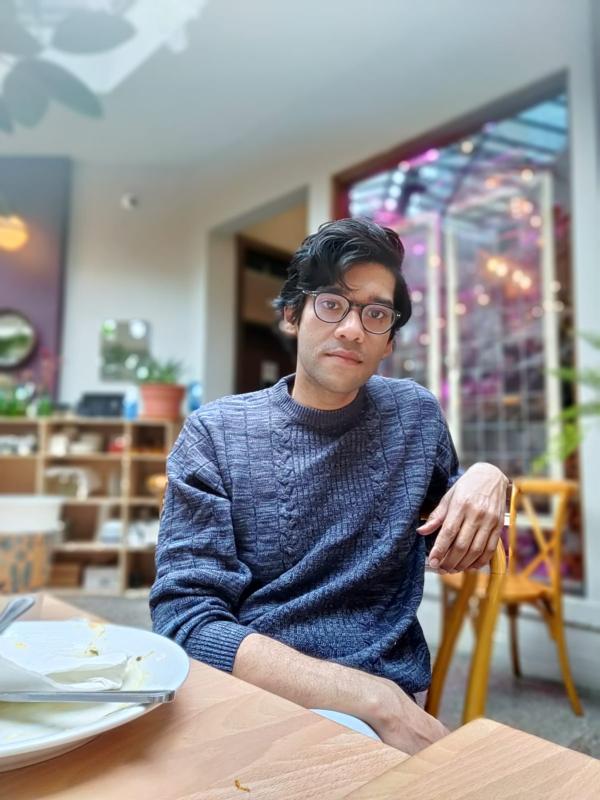Ujaan Ghosh

Contact Information
Assistant Professor of History of Art
Areas of Expertise
- South Asia
- Urban History and Architecture
- History of Religion
- Hinduism
Education
- B.A., History, Presidency College, Calcutta
- M.A., History, Presidency University, Calcutta
- M.Phil., Center for Studies in Social Sciences Calcutta
- PhD. Art-History, University of Wisconsin-Madison
Ujaan Ghosh specializes in the architectural and urban history of South Asia. His first book project will focus on the place-making processes and alterities of spatial practice in the nineteenth and early twentieth-century South Asia. The project delineates that a dialectical interaction between religion and colonialism made Hindu holy cities, sites of architectural innovation, laboratories of infrastructural experimentation, lynchpins of imperial representational politics, and terrains of contested debates surrounding art-historical pedagogy. Ghosh's article has been published in Modern Asian Studies (Combating ‘Filth’: The temple, the state, and urbanization in late nineteenth-century Puri), History of Religion (Chariots of the Gods: The Many Histories of Jagannath, “Juggernaut,” and the Rathayatra in the Nineteenth Century), Journal of South Asian Studies (The City Possessed: Ghost Stories and the Urban History of Late Colonial Calcutta).
Ghosh is also a translator of Pre-Modern Sanskrit and Vernacular poetry. He is interested in the ways in which Sanskrit poetics and cannons got refashioned in vernacular literary cultures in Early Modern South Asia. His co-authored piece on the intersection of Odia vernacular poetics and the epic Ramayana was published in the Journal of American Academy of Religion (Refiguring Baidehīśa Bilāsa: Reading the Queer and the Erotic in Upendra Bhanja’s Rāmāyaṇa).
